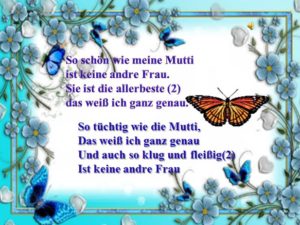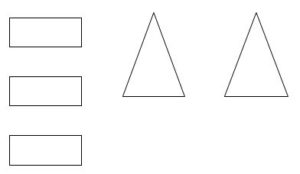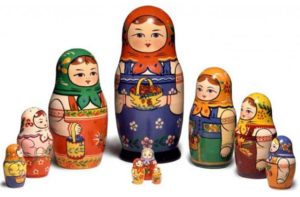primary-schooler
KSU “Secondary School No6” Ust-Kamenogorsk
This collection presents a variety of didactic games used in lessons by teachers. The games are divided into several sections by subjects: didactic mathematical games, didactic games in the Russian language and knowledge of the world. There are also games used in the period of literacy in preschool and the first grade of primary school. At the end of the collection, the procedure for working on some types of non-standard lessons is mentioned.
“A game is a huge bright window,
into the spiritual world of the child
a life-giving stream of representations,
concepts about the world.
A game is a spark that lights the fire of curiosity.
and curiosity.”
? V. A. Sukhomlinsky
The priority of modern education is training focused on self-improvement and self-realization of the individual. The modern school faces the task of developing initiative, independence, creative potential of students. In primary school, there is a change in the leading activity of the child from play to study.
Play is a natural form of learning for a child. She is part of his life experience. By transferring knowledge through play, the teacher not only satisfies today’s interests, but also takes into account the future interests of the student. If the teacher uses the game in his lessons, he organizes educational activities based on the natural needs of the child.
“Study should be fun, study should be fun, study should be fun to learn well...” these are lines from the famous children’s penny. What could be more fun for a child than playing? The teacher, as a wizard, using game technologies, is able to turn the most ordinary learning process into an unforgettable action. An important role is played by reasonably selected material that corresponds to the age characteristics of the child.
Provided adequate attitude of adults to children's play and reasonable use of its powerful psychological and pedagogical potential, the game can become the optimal tool that comprehensively provides: Successful adaptation of the child in a new developmental situation
Development of the younger student as a subject of his own activity and behavior, his effective socialization.
Preservation and strengthening of his moral, mental and physical health.
Game techniques are usually perceived by children with joy due to the fact that they meet the age-related desire for play; the basis of their teacher usually puts attractive tasks and actions characteristic of independent children's games.
The use of such characteristic elements of mystery, intrigue and solution, search and find, expectation and surprise, game movement, competition stimulates mental activity and volitional activity of children, contributes to the conscious perception of educational and cognitive material, accustoms to feasible tension of thought and constancy of actions in one direction, develops independence.
The game technique should not distract children from the educational content, but on the contrary, attract even more attention to it. When choosing a game technique, one should strive for the naturalness of its application, which is dictated, on the one hand, by the logic of children's play, and on the other, by the tasks solved by us, teachers.
Finally, the game result is the successful completion of the didactic task.
This collection presents a variety of didactic games used in lessons by teachers. The games are divided into several sections by subjects: didactic mathematical games, didactic games in the Russian language and knowledge of the world. There are also games used in the period of literacy in preschool and the first grade of primary school. At the end of the collection, the procedure for working on some types of non-standard lessons is mentioned.
1. Didactic games during literacy training
2. Didactic games in mathematics lessons
3. Didactic games in the Russian language
4. Didactic games of knowledge of the world
Download the entire collection, with a volume of 67.3 KB




